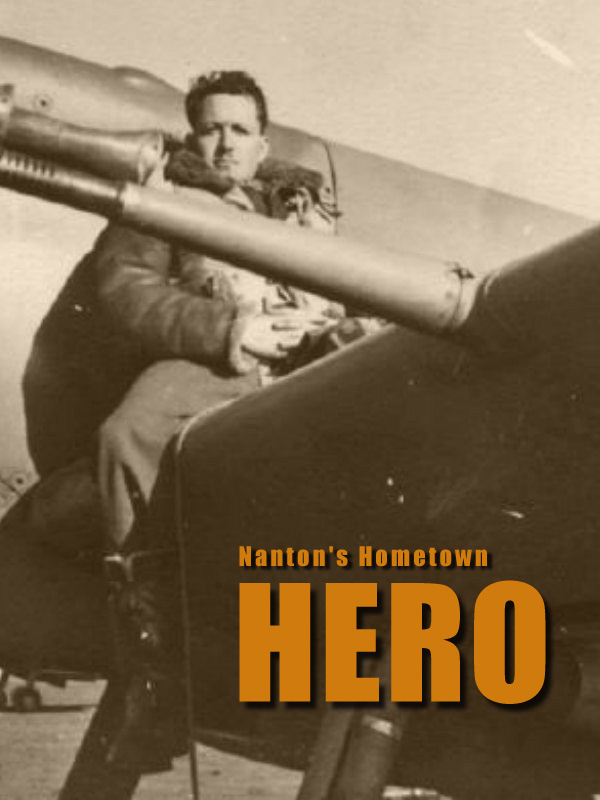

45 minutes south of Calgary is the small community of Nanton, a town made famous by bottled water, a magnetic hill and an Avro Lancaster. Nanton's Lancaster came to be not because there was
an airport (there's not), but because three town elders thought an airplane would make a nice roadside attraction. Who'd have thought that five decades after this bomber rolled into town a
respectable aviation museum would not only honor the memory of the young men lost in Bomber Command but also the locals who served their country?
Outside the museum building stand two airplanes, forever flying on steel pylons; a CF-100 Canuck and a T-33 Shooting Star. Although not part of the Bomber Command or British Commonwealth
Air Training Plan components of the museum these planes serve to honour another group - the local veterans
If you look closely at the nose of the T-33 you'll discover a small red and white hawk, looking suspiciously like the ones worn by the RCAF's aerobatic demonstration group the Golden Hawks.
That's because a Nantonite was directly responsible for those gold painted ambassadors.
John (Jack) Fallow Allan was born in Nanton in 1917, when the community was little more than a stop on the Canadian Pacific Railway tracks, some grain elevators and a couple stores. After
attending school in the town Jack joined the RCAF as an aero-engine mechanic just six months before war was declared.
The following year he remustered and became a pilot, eventually ending up assigned to flying Hurricanes in North Africa with the RAF's No.33 Squadron. Between March 1942 and May 1943 Jack
and his squadron mates provided fighter cover during the battles against the German Afrika Corps. After the Second Battle of El Alamein, where the allies stopped the German advance into
Egypt, No.33 squadron switched to protecting coastal shipping, first with Hurricanes then with Spitfires. During this time Jack was credited with two "kills" and two more "probables."
Afterwards, Jack was assigned to testing airplanes in Egypt, most likely ones being repaired as described by CMS member
Weldon Stacey. In January 1944 he was finally posted back to Canada.
Opting to remain in the RCAF, Jack Allan learned to fly the Air Force's new hot rod, the Canadair-built F-86 Sabre. In 1952 he became the Commanding Officer of 414 "Black Knight" Fighter
Squadron and between 1953 and 1956 was the Chief Flying Officer with No. 4 (Fighter) Wing in Germany. He returned to RCAF Station Chatham as the Commanding Officer of No. 1 (Fighter)
Operational Training Unit.
In New Brunswick something almost magical happened. With the 50th anniversary of powered flight in Canada approaching the suggestion was made to form an aerobatic group that would entertain
Canadians at air shows across the country. As Chatham was a Sabre base the plane was easily chosen. The bright paint and Golden Hawks name made them legendary. Although he was the Wing
Commander, Jack didn't possess the aerobatic experience to lead the team. Instead he was in charge of the team and travelled with them using a T-33 specially painted in matching Golden
Hawks markings. The gold T-bird proved almost as popular as the F-86s so Jack would regularly make a series of low passes whenever he arrived or departed. What started off as a one-year
engagement quickly proved to be so popular that it stretched to six years.
Jack Allan's RCAF career ended in 1964 as the Commanding Officer of a radar base in Beaverbank, Nova Scotia. He retired to Kelowna, BC and passed away in 1973.
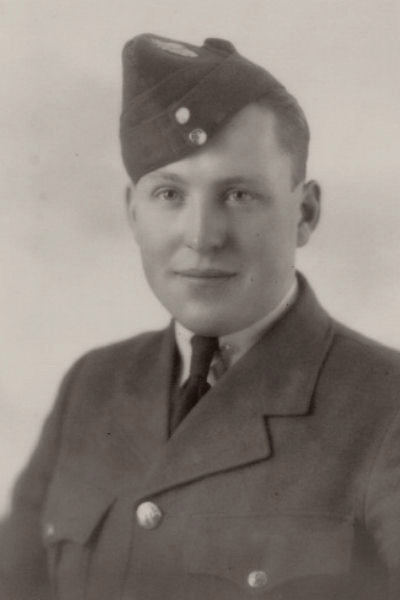
Like countless other young men of his generation, Jack Allan was excited to serve his country in its hour of need. Enlisting in the RCAF as an aero-engine mechanic in early 1939, he remustered and joined the RAF as a fighter pilot. (Bomber Command Musuem of Canada)
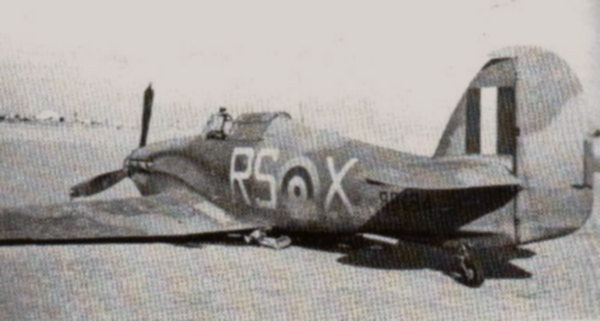
Flying in the desert was hard on both the men and their equipment. Here we see the result of an undercarriage failure on P/O Allan's Hurricane, BP184. (Bomber Command Musuem of Canada)
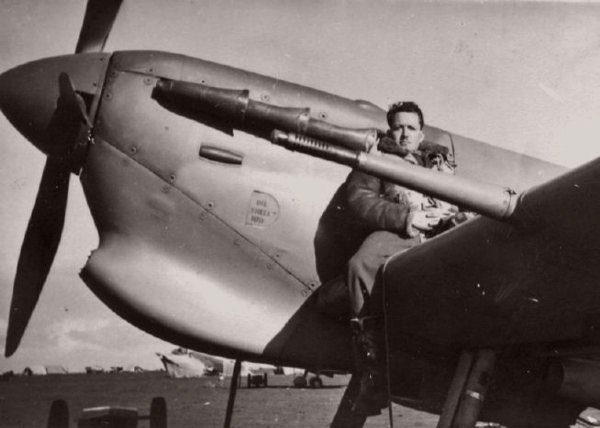
Flying with No.33 Squadron, Allan and his squadron mates provided fighter cover against Field Marshall Erwin Rommel's Afrika Corps. After switching to Mk.Vc Spitfires Jack was credited with
two "kills" and two more "probables." (Bomber Command Musuem of Canada)
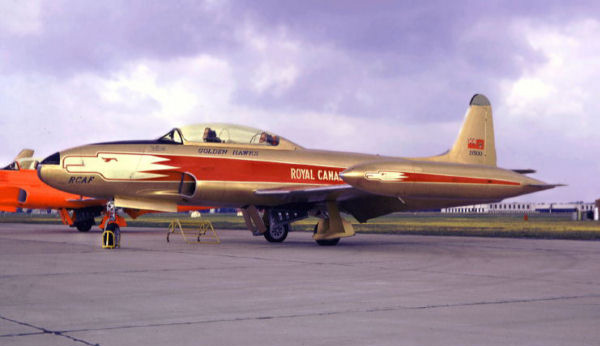
As the Golden Hawks' Commanding Officer, Allan had T-33 s/n 21500 painted to match the team's Sabres. Joining the team in a support roll the T-33 proved to be almost as popular as the
fighters. After unification of the armed forces in 1967, 21500 became 133500. Serving to the end of the T-bird's career 133500 was one of the last ones retired and eventually entered the
Canadian civil registry as C-FUPO, first with the Tillsonburg, ON based Canadian Harvard Aircraft Association in 2008, then to London, Ontario's Jet Aircraft Museum in 2009. (Rae Simpson via
Bomber Command Musuem of Canada)
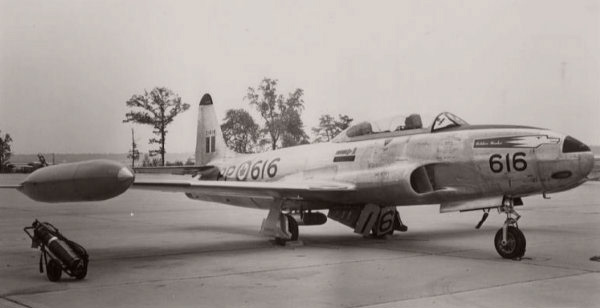
T-33 21616 was also assigned to the Golden Hawks as a support aircraft but unlike 21500, she sported more of a "standard" RCAF colour scheme. It was this scheme that the Bomber Command
Museum of Canada chose to honour one of its own, local heroes. Incidentally 21616 became 133617 and was part of a batch of Canadian T-33s sold to the Bolivian Air Force in October 1973.
Its service with the Bolivians was incredibly short because it crashed in La Paz in December at the end of its delivery flight. (Bomber Command Museum of Canada)
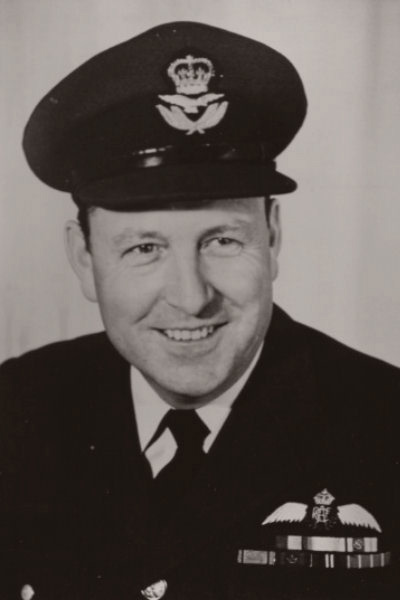
Jack Allan retired from the RCAF as a Wing Commander in 1963, having finished a distinguished 24 year long career. The following year he retired to the interior of BC passing away in 1974. Its important to note that more than a half century after the Golden Hawks were formed, they're legacy is seeing a resurgence thanks to the Hawk One program of Gatineau, Quebec's Vintage Wings of Canada. (Bomber Command Museum of Canada)
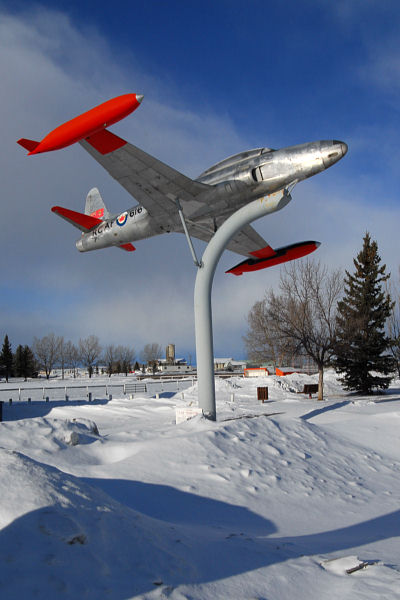
Today the Bomber Command Museum of Canada remembers Jack Allan by displaying their T-33 in the markings of 21616, complete with the small Golden Hawk logo on the forward fuselage. (T. McTavish)
References:
The Bomber Command Museum of Canada website - Jack Allan's story.